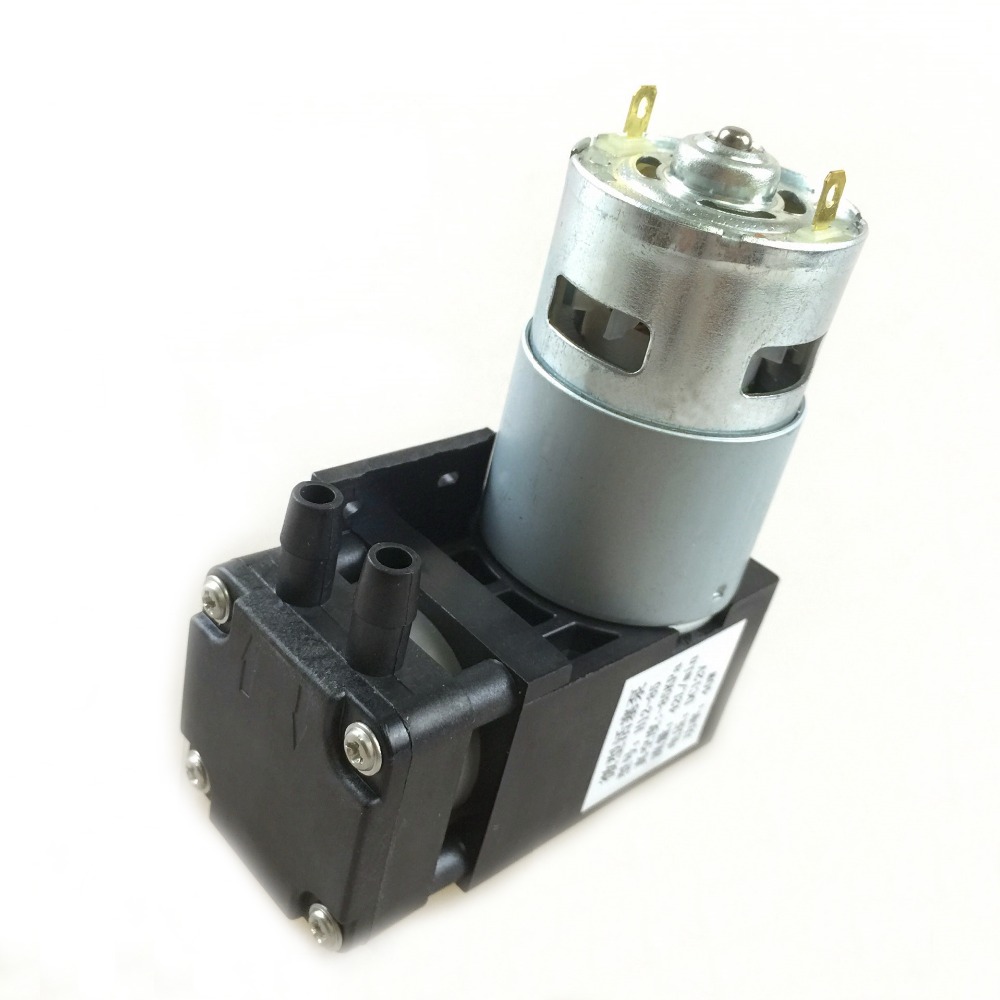

You need to depress one trigger to engage the tool and another to fire a pin. Senco addresses this with a dual safety trigger to prevent accidental misfiring. Other nailers have a retractable nose-piece that must be pressed down against the workpiece before the gun will fire, but newer pin nailers typically do not. The business end of a pin nailer is typically much different than what you find on every other kind of pneumatic fastening nailer. The pinner has a sequential, double trigger, safety lock to engage the nailer.

#MICRO PINNER COMPRESSOR INSTALL#
This type of precision allows me to install pins in molding that require virtually no filling or sanding – that’s sweet! A 4-point alignment guide is integrated into the rubber tip no-mar pad, which tapers down to the contact point, providing a clear line of sight for precision pin placement. The 23LXP has an ultra-narrow nose piece that allows the user to place pins precisely, accurately and exactly where needed. This happened at least twice and can be expected to happen to any nailer. The negative comment I can say about the 23LXP is that it failed to sink the pin during my compressor recycling. Many a time when installing small and intricate moldings the pinner holds the molding until the glue dries! Additionally, on a cabinet installation the small nose piece allowed precise placement of pins in molding and other intricate parts. When clamping components parts tend to move side-to-side and a few well placed pins eliminated this movement and allowed us to focus on the clamping alignment and application.īeing able to use a pinner to instantly clamp materials is a key feature of this tool. While testing, we the 23LXP on a project where it was super handy assisting in the gluing and clamping larger pieces of wood together.

At 70 to 120 PSI the Senco 23LXP has plenty of power to penetrate materials. We used the 23LXP to drive pins in plywood, pine, oak and maple all with no issues. The 100 pin capacity magazine has self-adjusting pins which eliminate the need to manually reset the tool for different fastener lengths which was always a major hassle on older models. Using The Senco FinishPro 23 Gauge Micro PinnerĪt 2.7 pounds we immediately found the the 23LXP to be light weight, well balanced and easy to load fasteners. Additionally it helps increase maneuverability of the tool in real life, tight spaces instead of the standard 90-degree straight handle grip seen on competitor pinners. According to Senco this design was to assist the user by reducing wrist fatigue by canting the handle slightly. One thing we immediately noticed was the Senco 23LXP angled pistol grip design. The red lightweight aluminum housing is sharp looking and stands out, screaming – “hey, look at me!” I gotta say I love the vibrant bight red color. This pin nailer is ideal for intricate finish and trim work, woodworking and cabinet installations and will no doubt improve your speed and quality as a finish carpenter or woodworker. Being able to shoot 2 inch nails means that I can effectively use this pinner to install molding or casing and penetrate plasterboard and structural framing. The Senco pinner we reviewed accepts 23-gauge headless pins in various sizes from 1/2 inch to 2 inch. The beauty in pin nailers is that they can improve your trim speed and quality because the fasteners leave very small holes many times not needing to be filled. Like other pin nailers, the Senco 23LXP pin nailer shoots a thin metal “sewing-needle size” pin fastener. For many years my go-to, low- impact nailer was a brad nailer, that was until I came across pin nailers. My very first set of pneumatic nailers was a Senco 325 framer and a SFN30 finish nailer. In the residential and commercial world of remodeling my favorite part of any job is always the finish trim.

The folks at Senco recently redesigned their pin nailer and released the Senco FinishPro 23 Gauge Micro Pinner. Senco FinishPro 23LXP Headless Pin Nailer Review


 0 kommentar(er)
0 kommentar(er)
